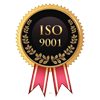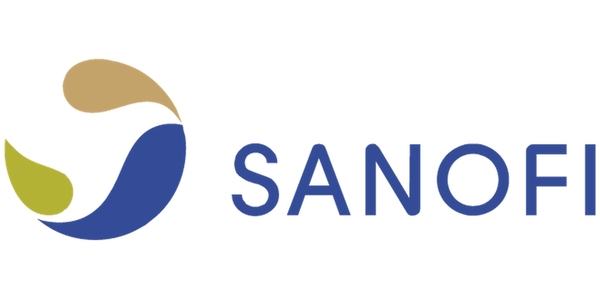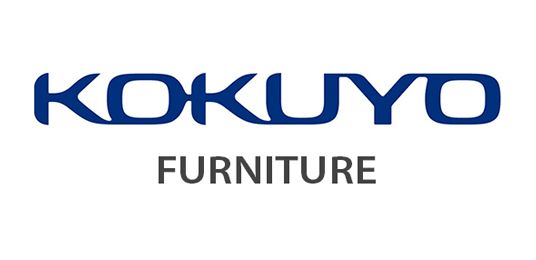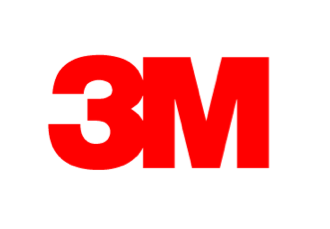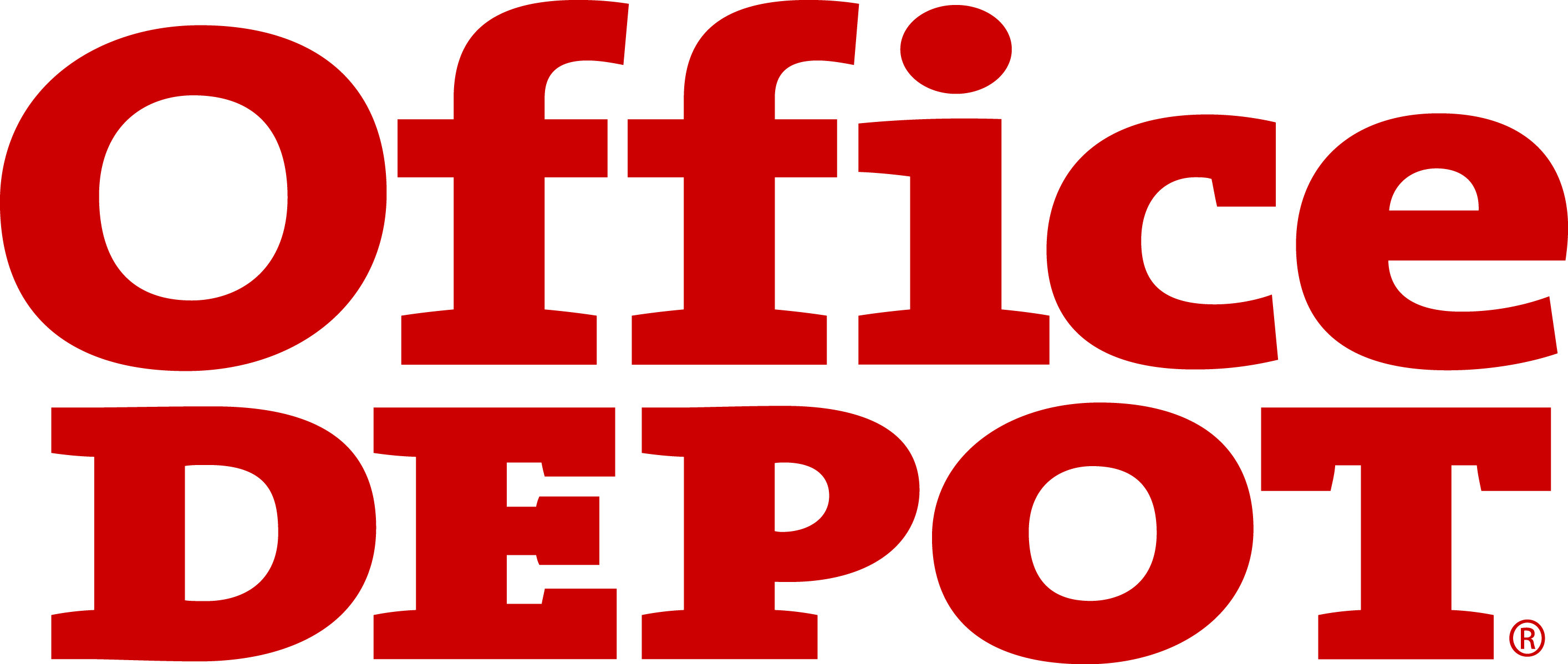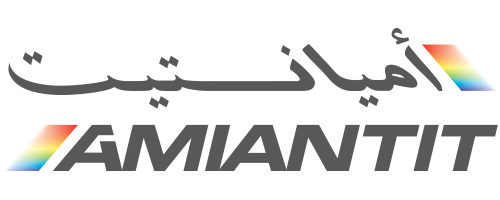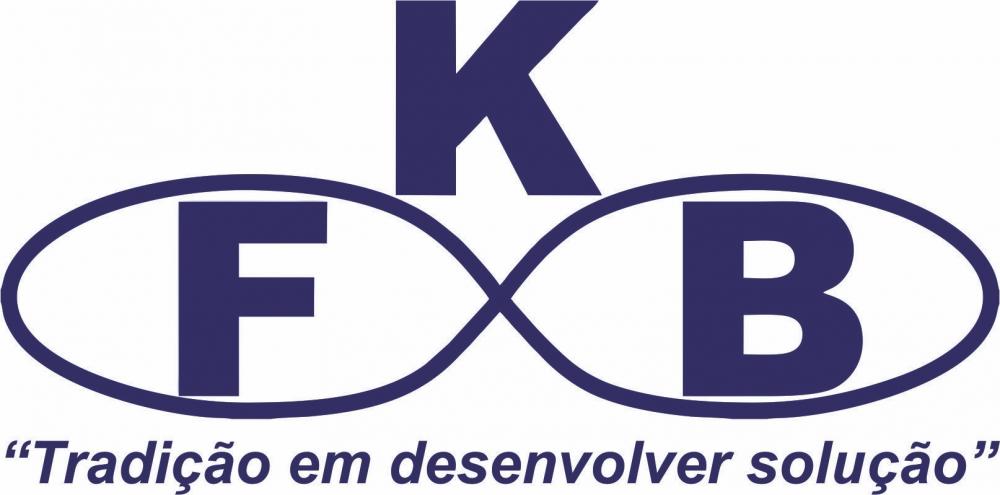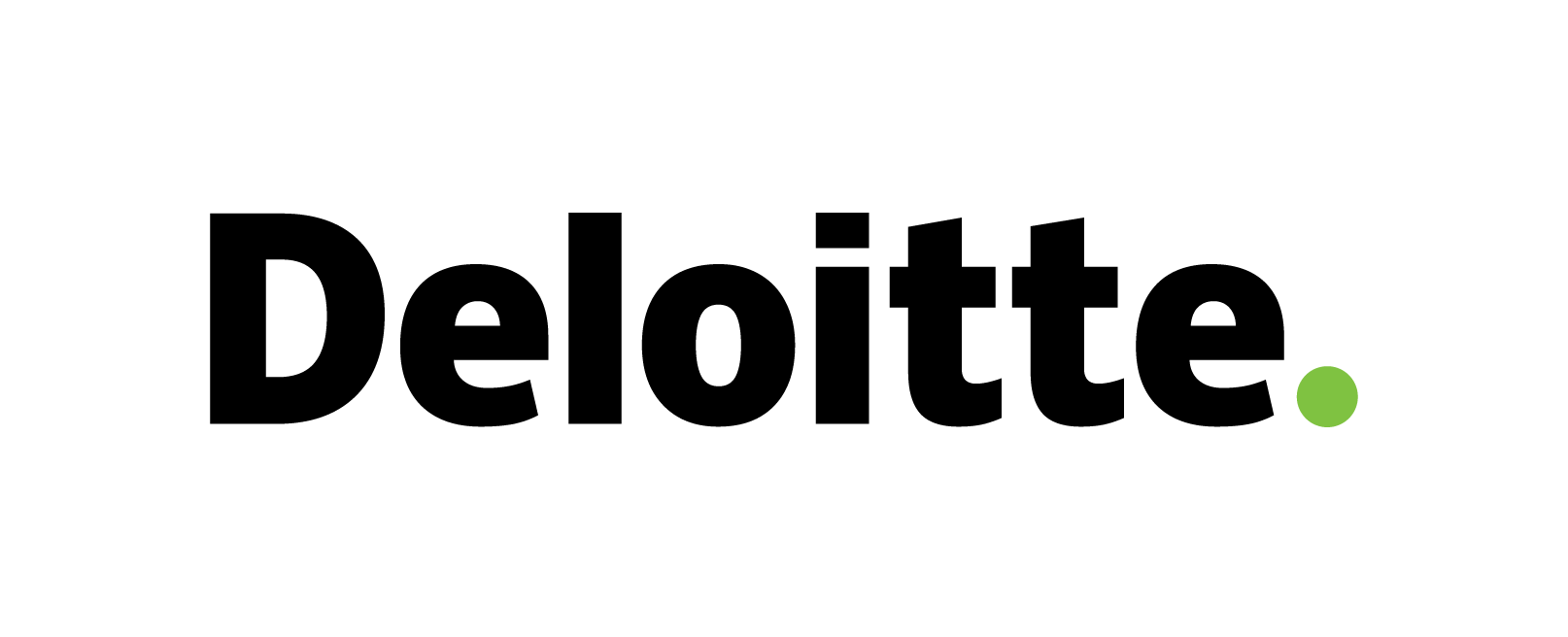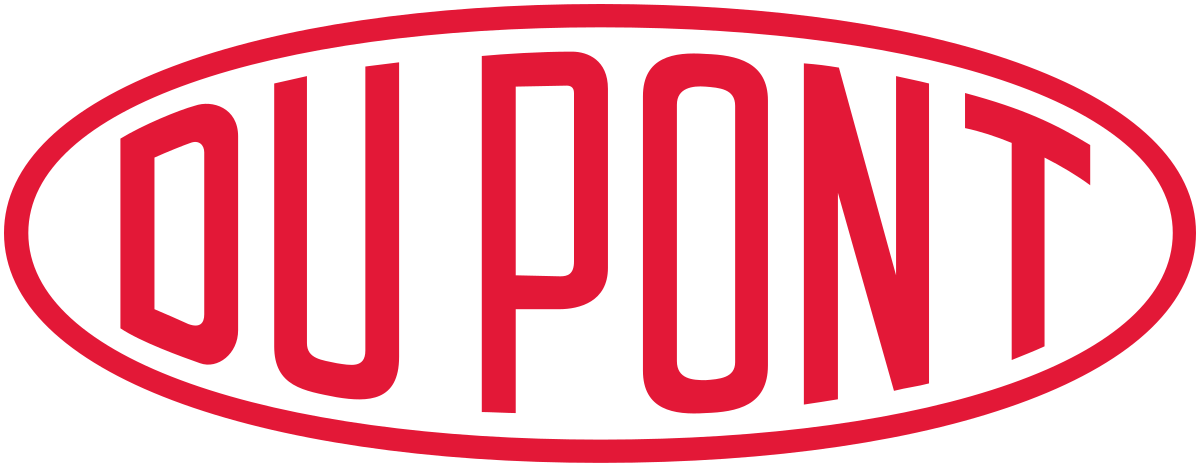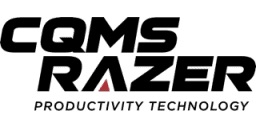Prurigo Nodularis Market
Prurigo Nodularis Market Trends, Opportunity, and Forecast Analysis, 2024-2033
Prurigo Nodularis market revenue to generate USD 18.2 Billion by 2033, according to KDMI analyst’s growth analysis. The market is segmented by product, distribution channel, end-user, and by Region.
Prurigo Nodularis Market Size Survey Report – In a Glance
As per the survey report on global Prurigo Nodularis market, the market is projected to foresee a CAGR of 5.8% between 2024-2033, and further generate a market size of USD 18.2 billion revenue by the end of 2033. In the year 2024, the market size was valued at USD 1.2 billion revenue.
- The global Prurigo Nodularis market is projected to grow on account of the increasing cases of pruritus.
- In Japan, the Prurigo Nodularis market growth can be attributed to the expanding elderly demographic.
- KDMI analyst’s growth analysis foresees drug-associated complications to challenge the market growth.
- North America, having the highest market share in the Prurigo Nodularis market, is projected to dominate the global market.
Prurigo Nodularis Market Analysis
Prurigo Nodularis (PN) is a long-term dermatological condition marked by thick, intensely itchy, hardened, or hyperkeratotic nodules that develop from continuous scratching. Though its exact cause is unknown, it has links to nerve dysfunction, inflammation, and systemic disorders. Itching, also known as pruritus, is a distressing sensation or uncomfortable feeling that triggers an urge to scratch, disturbing both psychological and physical well-being. Among itch patients, about 13% higher than expected prevalence of hematological and solid malignancies was detected. Besides, pruritus cases are becoming more common nowadays due to increasing dermatological issues, environmental pollution, and demographic aging. Drug consumption and climate fluctuations further exacerbate itching conditions. Hence, the increasing cases of pruritus are driving growth in the prurigo nodularis (PN) market by heightening demand for next-generation treatments, including biologics and topical treatments. Johnson & Johnson Services, Inc. (U.S.), Teva Pharmaceutical Industries Ltd (Israel), Pfizer Inc (U.S.), are some of the significant parties in the global market for Prurigo Nodularis.
Analyst’s Observation on Japan Prurigo Nodularis Market Survey
Japan’s demographic shift toward aging continues, with an ever-growing number of elderly residents surpassing 65 years. As per findings, around 36.23 million individuals are representing close to one-third of its population. Besides, within the country, the market growth for Prurigo Nodularis can be attributed to the expanding elderly demographic. As the population expands, the Prurigo Nodularis (PN) market grows because older individuals are more prone to chronic pruritus due to skin deterioration and neurological issues. This creates demand for biologics and new therapies, encouraging healthcare investments, drug development, and improved diagnostic solutions. Takeda Pharmaceutical Company Limited is one of the significant parties in the market for Prurigo Nodularis in Japan.
|
Prurigo Nodularis Market: Report Scope |
|
|
Base Year |
2023 |
|
Estimated Market Size |
USD 1.2 Billion in 2024 |
|
Forecast Year |
2024-2033 |
|
Projected Year Market Size |
USD 18.2 Billion in 2033 |
|
CAGR Value |
5.8% |
|
Prurigo Nodularis Market Key Trends/Major Growth Drivers |
|
|
Restraint Factors |
|
|
Prurigo Nodularis Market Segmentation |
|
|
Prurigo Nodularis Market Key Players |
Johnson & Johnson Services, Inc. (U.S.), Teva Pharmaceutical Industries Ltd (Israel), Pfizer Inc (U.S.), Hikma Pharmaceuticals PLC (U.K.), Takeda Pharmaceutical Company Limited (Japan), Bayer AG (Germany), Merck & Co., Inc. (U.S.), Sanofi (France), GSK plc (U.K.), Bristol-Myers Squibb Company (U.S.), and others. |
Prurigo Nodularis Market Growth Drivers and Challenges
Growth Drivers
Rising incidence of brain and nerve disorders:
Brain and neurological diseases rank as the leading cause of disability and the second most common cause of global deaths. Moreover, a range of factors, such as metabolic disorders, bone diseases, cancer, infections, neurodegenerations, autoimmune, and treatment-related conditions, may trigger neuropathic itch. In the last three decades, deaths and disability cases have grown considerably from these illnesses, particularly in lower-income or less developed countries. According to a new study by The Lancet Neurology, over 3 billion people across the world were diagnosed with neurological disorders. This rising incidence of brain and nerve disorders propels the Prurigo Nodularis (PN) market by increasing neuropathic itches. In addition, neurological disturbances intensify itching, resulting in higher demand for innovative PN treatments and encouraging pharmaceutical advancements.
Extensive use of topical immunotherapy drugs:
Excessive itching can be severely distressing. However, advances in understanding immune-mediated itch have led to the development of various treatments and therapies targeting immune pathways. Nowadays, the adoption of topical immunotherapy drugs is rising, delivering targeted relief by controlling immune reactions. These medications help alleviate inflammation and hypersensitivity in conditions like prurigo nodularis and eczema, hence, controlling chronic pruritus. Topical calcineurin inhibitors (TCIs) such as tacrolimus and pimecrolimus modulate immune responses and have proven beneficial in relieving itching in affected individuals. Topical immunomodulators and biologics provide effective relief, stimulating pharmaceutical research. It also increases healthcare investments for better Prurigo Nodularis (PN) management and treatment options. This extensive use of immunotherapy drugs is propelling the PN market by increasing the need for targeted treatment that addresses immune dysfunction.
Restraints
Drug-associated complications:
Certain drugs for Prurigo Nodularis (PN) may cause side effects and fail to manage symptoms well. They may even lead to immune suppression, allergic issues, or make itching worse. Choosing the right medication and patient monitoring is essential for better patient outcomes. Therefore, drug-related challenges in PN constrain market progress by reducing patient reliance on treatments.
Stringent policy standards:
Tight policy regulations hinder the Prurigo Nodularis (PN) market by delaying drug approvals and increasing compliance costs. These stringent policy standards make treatment access difficult for patients. It also discourages pharmaceutical research and investments. Companies or businesses face challenge in clinical trials and commercialization, making advanced treatment options less accessible to the consumers.
Prurigo Nodularis Market Segmentation
Our experts at KD Market Insights have segmented the global Prurigo Nodularis market research report as:
|
By Product |
|
|
By Distribution channel |
|
|
By End-user |
|
|
By Region |
|
Prurigo Nodularis Market Regional Synopsis
North America heads the direction in the Prurigo Nodularis market and is majorly driven by its significant increase in pharmaceutical research and development activities. Besides that, the progressive healthcare systems, presence of major market players, increased awareness among the public and favorable regulatory policies in Canada and the United States further drives the market within the region. The United States holds the largest share of the regional Prurigo Nodularis market within the given period because of the presence of pharmaceutical companies, growing advancements in treatment options, and increasing adoption of innovative treatments along with promising drug development pipeline in the country. In 2023, healthcare expenditure in the U.S. climbed to $4.9 trillion, growing by 7.5 percent from a 4.6 percent growth rate in 2022.
Asia-Pacific (APAC) is encountering the quickest market surge during the forecasted period. The region functions as a central point for pharmaceutical businesses. This is mainly due to expansive distribution channels and trade connections. Furthermore, the market is also driven by the increasing use of generic drugs, economic growth, consumer demands, and progressing healthcare framework. India is also upgrading the Fragile Prurigo Nodularis market due to its massive population, surging cases of chronic diseases, rising public awareness, greater healthcare investments and strengthened healthcare systems. In addition to that, Japan’s economic progress is likely to expand at a rate beyond its expected growth capacity. China is also contributing a significant part to the regional market. It has implemented the world’s largest planned urban transformation program, thereby, promoting healthcare development. Also, numerous biotechnology research and drug development have supported its overall healthcare framework and economic growth goals.
In Europe, several government organizations is supporting early detection and preventive screening of Prurigo Nodularis are mainly expected to drive the market expansion in the coming future. Moreover, the UK is at the forefront of the development of the market in the region due to its increasing improved diagnostics and strong healthcare policies. Various factors are responsible for the market evolution in the area such as the rising occurrence of neurological disorders, growing public awareness about neurological diseases, and expanding availability of medical solutions.
As per our analysts at KD Market Insights, the following five players lead the North America Prurigo Nodularis market growth:
- Galderma Laboratories, L.P. (U.S.)
- Johnson & Johnson Services, Inc. (U.S.)
- Merck & Co., Inc. (U.S.)
- Pfizer Inc (U.S.)
- Trevi Therapeutics (U.S.)
Prurigo Nodularis Market Competitive Landscape
Some of the key players who top the global Prurigo Nodularis market share:
- Johnson & Johnson Services, Inc. (U.S.)
- Teva Pharmaceutical Industries Ltd (Israel)
- Pfizer Inc (U.S.)
- Hikma Pharmaceuticals PLC (U.K.)
- Takeda Pharmaceutical Company Limited (Japan)
- Bayer AG (Germany)
- Merck & Co., Inc. (U.S.)
- Sanofi (France)
- GSK plc (U.K.)
- Bristol-Myers Squibb Company (U.S.)
- Galderma Laboratories, L.P. (U.S.)
- Mayne Pharma Group Limited (Australia)
- VYNE Therapeutics Inc. (U.S.)
- Executive Summary
- Market Overview
- Key Findings
- Market Trends
- Market Outlook
- Introduction
- Scope of the Report
- Research Methodology
- Definitions and Assumptions
- Acronyms and Abbreviations
- Market Dynamics
- Drivers
- Restraints
- Opportunities
- Challenges
- Global Prurigo Nodularis Market
- Market Overview
- Market Size and Forecast
- Market Segmentation
- By Product
- By Distribution channel
- By End-user
- By Region
- Market Segmentation by Product
-
- Antihistamines
- Capsaicin Cream
- Corticosteroids
- Emollients
- Others
-
- Market Segmentation by Distribution channel
-
- Hospital Pharmacy
- Online Pharmacy
- Retail Pharmacy
- Others
-
- Market Segmentation by End-user
-
- Hospitals
- Homecare
- Specialty Clinics
- Others
-
- Regional Analysis
- North America
- United States
- Market Size and Forecast
- Key Trends and Developments
- Market Analysis by Product, Distribution channel, and End-user
- Canada
- Market Size and Forecast
- Key Trends and Developments
- Market Analysis by Product, Distribution channel, and End-user
- Mexico
- Market Size and Forecast
- Key Trends and Developments
- Market Analysis by Product, Distribution channel, and End-user
- United States
- Europe
- United Kingdom
- Market Size and Forecast
- Key Trends and Developments
- Market Analysis by Product, Distribution channel, and End-user
- Germany
- Market Size and Forecast
- Key Trends and Developments
- Market Analysis by Product, Distribution channel, and End-user
- France
- Market Size and Forecast
- Key Trends and Developments
- Market Analysis by Product, Distribution channel, and End-user
- Italy
- Market Size and Forecast
- Key Trends and Developments
- Market Analysis by Product, Distribution channel, and End-user
- Spain
- Market Size and Forecast
- Key Trends and Developments
- Market Analysis by Product, Distribution channel, and End-user
- Rest of Europe
- Market Size and Forecast
- Key Trends and Developments
- Market Analysis by Product, Distribution channel, and End-user
- United Kingdom
- Asia Pacific
- China
- Market Size and Forecast
- Key Trends and Developments
- Market Analysis by Product, Distribution channel, and End-user
- Japan
- Market Size and Forecast
- Key Trends and Developments
- Market Analysis by Product, Distribution channel, and End-user
- India
- Market Size and Forecast
- Key Trends and Developments
- Market Analysis by Product, Distribution channel, and End-user
- Australia
- Market Size and Forecast
- Key Trends and Developments
- Market Analysis by Product, Distribution channel, and End-user
- South Korea
- Market Size and Forecast
- Key Trends and Developments
- Market Analysis by Product, Distribution channel, and End-user
- Rest of Asia Pacific
- Market Size and Forecast
- Key Trends and Developments
- Market Analysis by Product, Distribution channel, and End-user
- China
- Latin America
- Brazil
- Market Size and Forecast
- Key Trends and Developments
- Market Analysis by Product, Distribution channel, and End-user
- Argentina
- Market Size and Forecast
- Key Trends and Developments
- Market Analysis by Product, Distribution channel, and End-user
- Colombia
- Market Size and Forecast
- Key Trends and Developments
- Market Analysis by Product, Distribution channel, and End-user
- Rest of Latin America
- Market Size and Forecast
- Key Trends and Developments
- Market Analysis by Product, Distribution channel, and End-user
- Brazil
- Middle East & Africa
- South Africa
- Market Size and Forecast
- Key Trends and Developments
- Market Analysis by Product, Distribution channel, and End-user
- Saudi Arabia
- Market Size and Forecast
- Key Trends and Developments
- Market Analysis by Product, Distribution channel, and End-user
- UAE
- Market Size and Forecast
- Key Trends and Developments
- Market Analysis by Product, Distribution channel, and End-user
- Rest of Middle East & Africa
- Market Size and Forecast
- Key Trends and Developments
- Market Analysis by Product, Distribution channel, and End-user
- South Africa
- North America
- Competitive Landscape
- Market Share Analysis
- Company Profiles
- Pfizer Inc (U.S.)
- Hikma Pharmaceuticals PLC (U.K.)
- Takeda Pharmaceutical Company Limited (Japan)
- Bayer AG (Germany)
- Merck & Co., Inc. (U.S.)
- Sanofi (France)
- GSK plc (U.K.)
- Strategic Recommendations
- Appendix
- List of Tables
- List of Figures
- References

Need Customized Report for Your Business ?
Utilize the Power of Customized Research Aligned with Your Business Goals
Request for Customized Report- Quick Contact -
- ISO Certified Logo -

